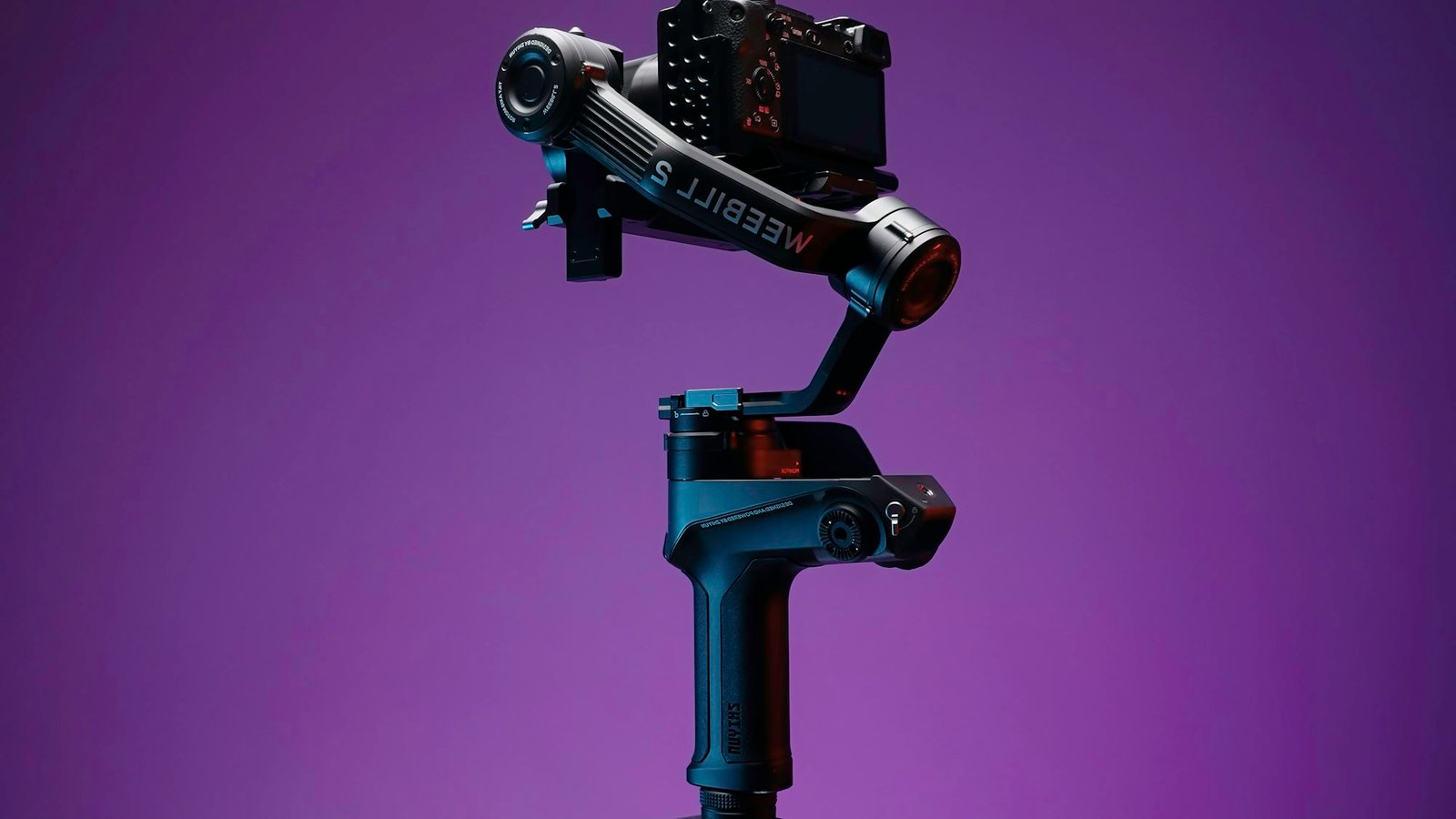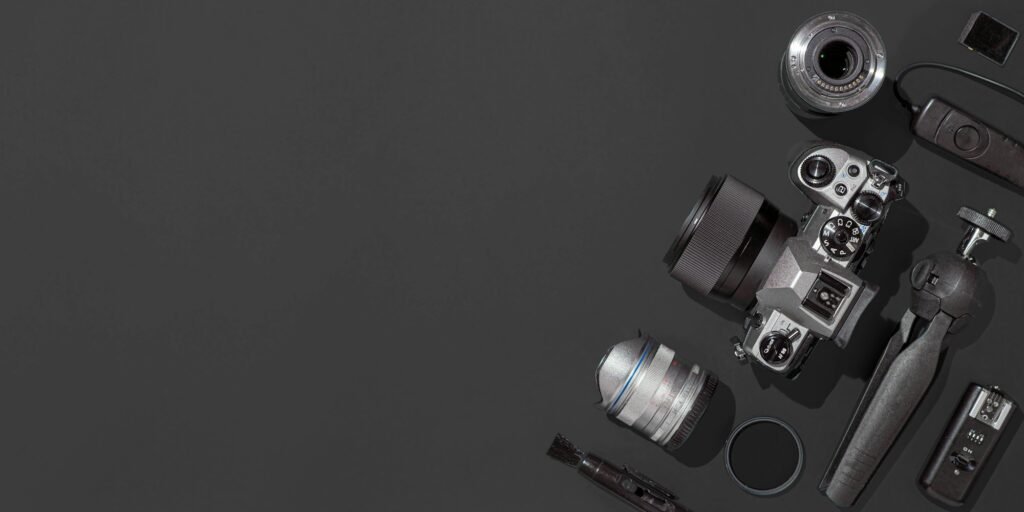HOME / SINGLE POST

Regarding photography, the correct accessories could make all the difference in your shooting experience and picture quality. Any photographer or filmmaker trying to improve their game needs these tools, from guaranteeing rock- Steady pictures with a tripod to catching perfect audio with a cordless microphone.

Among the most basic instruments in a photographer’s toolkit is a tripod. For landscapes, long exposures, and low-light photography—where stability is very vital—it lets you shoot at slower shutter speeds without adding camera motion.
Selecting a tripod:
Look for a tripod that can hold your camera and lens’s weight. If you shoot outside, be sure it’s robust enough to negotiate uneven ground or wind.
Height and Weight: Think about the highest height and how little it may fold. While travel calls for lightweight tripods, studio work may need a stronger, more steady one.
Head Type: Your camera’s position is adjusted by the tripod head—ball head, pan-tilt, or geared head. Popular option because of its adaptability and simplicity is a ball head.
Invest in a quality tripod that fits your requirements; this is a gear you will use often and a good one may last a lifetime.
If you’re venturing into video work or vlogging, capturing high-quality audio is just as important as the visuals. Built-in camera microphones often pick up unwanted noise and lack the clarity needed for professional-grade audio. This is where wireless microphones come in.
Tip: Test your audio setup before you start recording to ensure everything is working correctly and you’re getting the sound quality you need.
When you’re working in a studio or doing detailed product photography, connecting your camera to a computer can be a game-changer. This setup, known as tethered shooting, allows you to view your images instantly on a larger screen and make adjustments in real-time.
Tip: If you’re shooting products or portraits, tethered shooting can streamline your workflow and help you achieve better results faster.

Blogging often requires a mix of high-quality images and videos, and using your camera to its full potential can significantly enhance your content. Here’s how to make the most of your camera for blogging:
Tip: Consistency is key in blogging. Regularly update your blog with fresh content, and use your camera to keep the quality of your visuals high.
Though they may not appear as flashy as the newest camera or lens, accessories are really vital for enabling you to get the greatest possible photographs and movies. Your productivity and the quality of your material will be much enhanced with a strong tripod, dependable wireless microphone, and capability to link your camera to your computer.
Whether you’re working in a studio, vlogging, or shooting landscapes, the correct accessories will enable you to maximize your camera and capture your footage and images to the best of advantage. So spend some time selecting items that meet your demands; then, see how far your imagination will fly.
Never miss any important news. Subscribe to our newsletter.